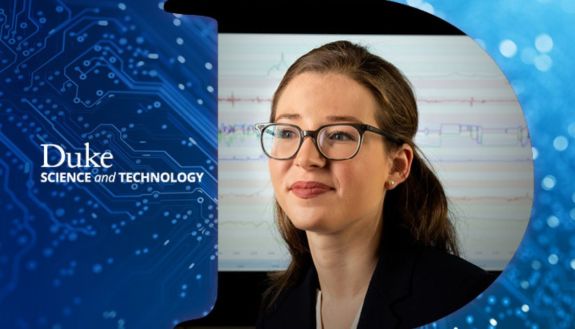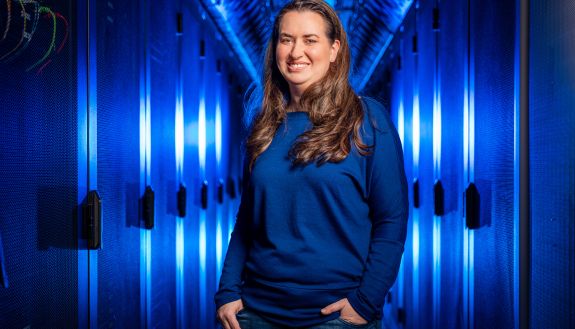New Center Brings Technological Advances to the Future of Health Care

“Duke’s rich history of collaboration makes it the ideal place to bring engineering and medicine together to tackle the biggest problems in health care others simply cannot,” says Jerome Lynch, Vinik Dean of Engineering. “One of the advantages we have is the School of Engineering is literally across the street from the School of Medicine, rendering medicine-engineering interactions so intellectually vibrant and productive.”
The idea for the center came from a series of workshops with faculty from across all units of the university interested in computational and digital health. They had focused discussions about their needs, grand challenges that could be addressed and support needed.
“When the center was formed, it was an exciting moment for the medical community because it meant applying computational methods to all aspects of research,” says Manesh Patel, MD, chief of the Division of Cardiology in the Duke Department of Surgery, “making these methods accessible to everyone involved, including all the people we care for.”
Pioneering Change in Medicine
Members of the center are already making a difference through research. For example:
- Maria Gorlatova creates augmented reality tools to help surgeons target areas within a patient’s body, showing the specific area within the surgeon’s field of view. Jessilyn Dunn and the Big Ideas Lab use wearables and computational tools to process masses of data into actionable health indicators, accessible in real time.
- Cameron McIntyre and the McIntyre Lab develop advanced visual software to better understand complex neurosurgical procedures through holographic visualization technology and head-mounted displays.
- The Randles Lab is dedicated to advancing biomedical research through innovative computational methods, aiming to improve human health. They use supercomputers to uncover disease mechanisms and support surgical planning through immersive environments.
In addition to research, the center is dedicated to computational and digital health education. They hold regular in-person and virtual seminars and plan to have tech roundtables in the near future.
“We want people to understand how to use these new technologies,” Randles says. “If you’re a clinician, we want to help you know the nuances of how to deploy AI and the pros and cons of using the tools; engineers need to understand real-world scenarios and where the technology could be applied.”
A certificate program has also been recently approved for Duke graduate students in Engineering, Arts & Sciences, or Medicine, with enrollment beginning this year.
“We’ve created an atmosphere where truly interdisciplinary work can be done and address the toughest health care challenges,” Randles says. “This is what the future of health care looks like.”



